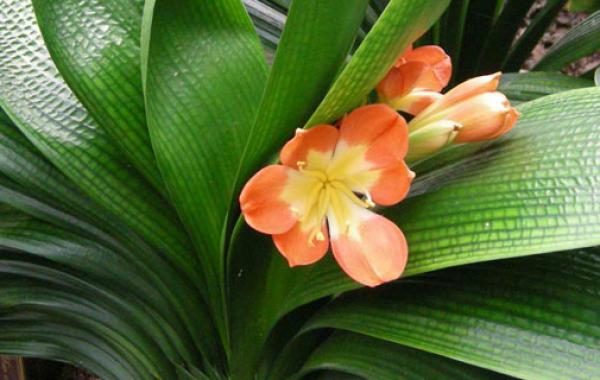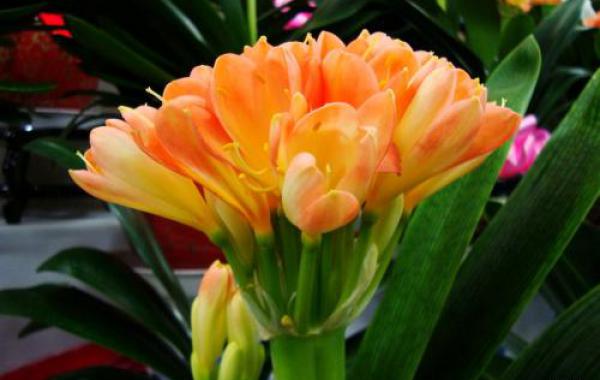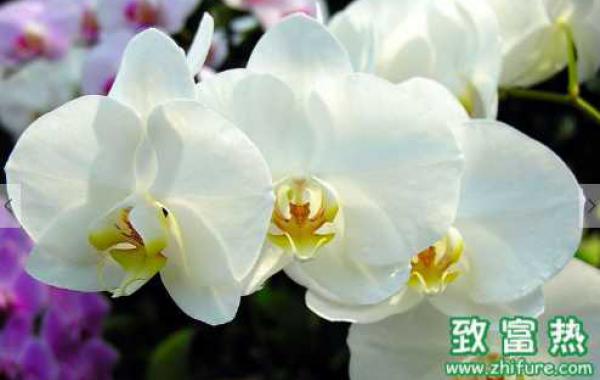The cultivation methods and matters needing attention of Cymbidium seeds prefer a semi-shady and cool environment.

1. Soil
The main results are as follows: 1. Cymbidium is a perennial herb, which is very suitable for living in fertile soil with a lot of humus, and its air permeability and water permeability are more suitable for the respiration of the roots of Cymbidium.
2. In the configured basin soil, another 1/2 fine sand can be added to nourish the root of the orchid.
Second, lighting
1. Plant growth needs sunlight for photosynthesis, and light conditions are essential. Magnolia belongs to Chinese and Japanese plants, although it is inseparable from sunlight, but too long lighting time will also damage Magnolia.
2. Half-yin and half-yang are most suitable for the growth of orchids. If there are big trees or grape trellis at home, you can put them in the shade.
3. If there are conditions, you can also build a sunshade that can penetrate the scenic spot, which can meet the growth needs of Cymbidium in many ways.
Third, temperature
1. Cymbidium likes semi-shady and cool living environment, and 15-25 ℃ is more suitable for the growth of Cymbidium.
2. If the summer temperature is too high, it is necessary to give the orchid in time to avoid the summer heat, so as to prevent the growth of the leaves from being narrow and long, affecting the ornamental.
3. The winter temperature should be controlled around 15-20 ℃, and the lowest temperature should not be less than 10 ℃.
4. 18 ℃ after arrow channeling, the temperature difference between day and night should be controlled within 10 ℃ to prevent arrow entrapment.
4. Moisture
1. Proper amount of water can assist the growth of rhizome of Cymbidium to some extent.
2. Cymbidium has strong rhizome, can store water by itself, and has strong drought tolerance. Therefore, watering for magnolia should be kept at intervals, and the basin soil can be watered as soon as it is dry.
3. Generally, it can be watered once every 4 days in winter and every 2 days in spring and autumn. Cymbidium needs less water at seedling stage and more water at flowering stage, so pay attention to increase watering times according to the situation in summer.
4. The time of watering the orchid is also very important, preferably before sunrise and after sunset.
5. In order to ensure the safety of the orchid in summer, spray water on the leaves twice a day. Watering less than 10 ℃ in winter, even without watering under certain circumstances.
6. The small basin plant Magnolia can be buried in the wet sand of the large basin and let the water permeate into the small basin to replenish water. Large pots of magnolia can absorb a lot of water, so you can sit it in a shallow water plate and provide water.
5. Fertilizer
The main results are as follows: 1. The principle of fertilization is to apply more thin fertilizer. There are three main types of fertilizer: dry fertilizer, water fertilizer and solid fertilizer.
2. Fermented solid fertilizer can be applied once a month in spring and autumn. Liquid fertilizer is mainly nitrogen fertilizer once a week, and there is no need to topdressing in winter and summer. In winter, you can apply solid fertilizer once, apply less nitrogen fertilizer, and apply more phosphate and potash fertilizer.
3. Thin pancakes can be used to apply fertilizer, or castor seeds, sesame seeds and other oil seeds can be fried and then crushed and buried at the bottom of the basin.
4. Phosphate fertilizer uses eggshell powder or fully retted fishy water, potassium fertilizer uses bran ash and tobacco ash, and can also apply nitrogen, phosphorus and potassium compound fertilizer, which can also promote plant leaf germination, but we should be careful not to apply thick fertilizer and untreated raw fertilizer.
5. Seasonal fertilization should be distinguished. Phosphorus and potassium fertilizer is better in winter and spring, and nitrogen fertilizer is better in autumn. Use extra-root topdressing in summer, spray leaves with 0.1% potassium dihydrogen phosphate or calcium superphosphate, and carefully apply fertilizer if the orchid enters a dormant period in summer.
VI. points for attention
1. Pay attention to shade in summer. 3-5 hours in direct sunlight is enough. Winter is suitable for lighting can open windows, but at noon to prevent direct sunlight, it is best to put a shade top curtain, especially pay attention to the sun to the west and south to shade.
2. The normal flowering time of a gentleman's orchid is from New Year's Day to the Spring Festival. Shooting arrows in summer does not produce good flowers, so pay attention to cutting off redundant flowers and arrows. If it is not cut off in time, it will not reach the nutrition needed by the gentleman orchid, which will affect the normal in the future.
3. Do not use tap water or well water to water flowers directly in winter. Too cool water temperature will cause serious disease and cause plant wilting. You can first put it indoors to heat up, and the harmful substances in the water will precipitate and evaporate, so that both problems have been solved.
Related
- Is the orchid suitable for indoor use? Is it good for the body?
- How to prevent the empty root of orchids?
- What to do after the crab claw orchid is withered?
- Why are the leaves of orchids always yellow? Fertilizing and watering.
- Can the root of the gentleman orchid be saved if it is rotten?
- Diagnosis and treatment of cotton-blowing beetle insects in Cymbidium
- There is a way for a gentleman's orchid to rot.
- What is the most suitable temperature and humidity for the orchid?
- How to raise a gentleman's orchid? Cultivation techniques of Cymbidium
- How to prepare the nutritive soil for the cultivation of Cymbidium



